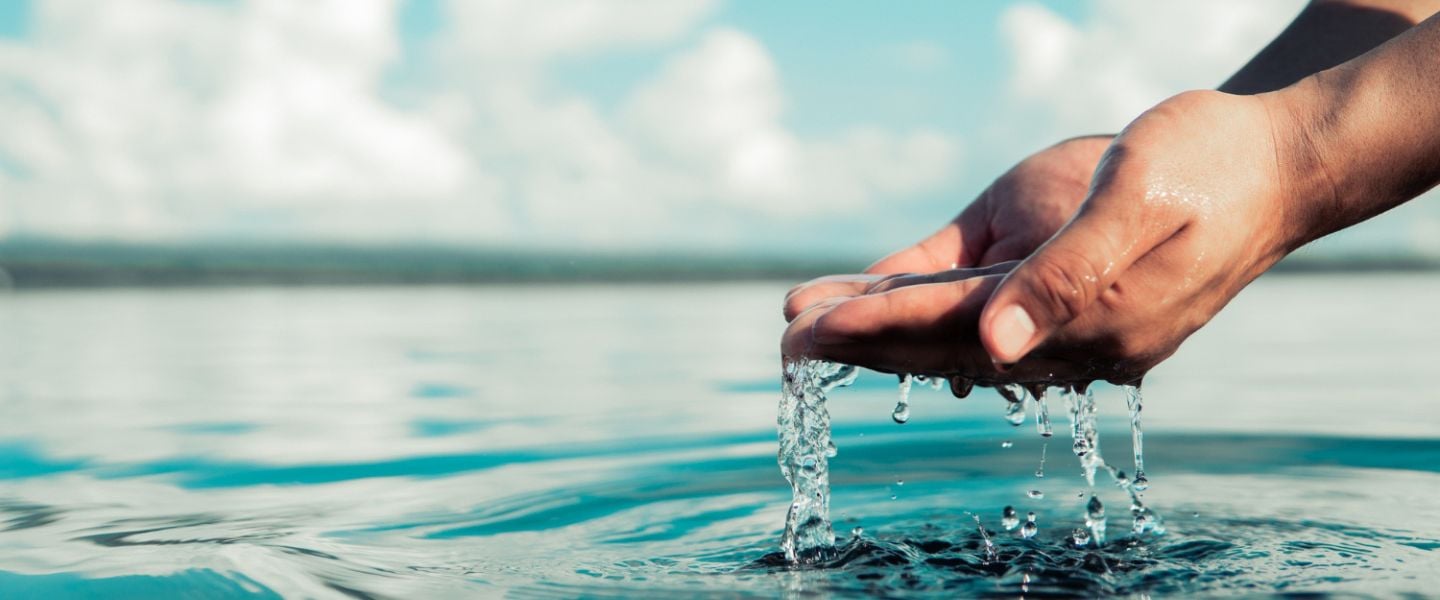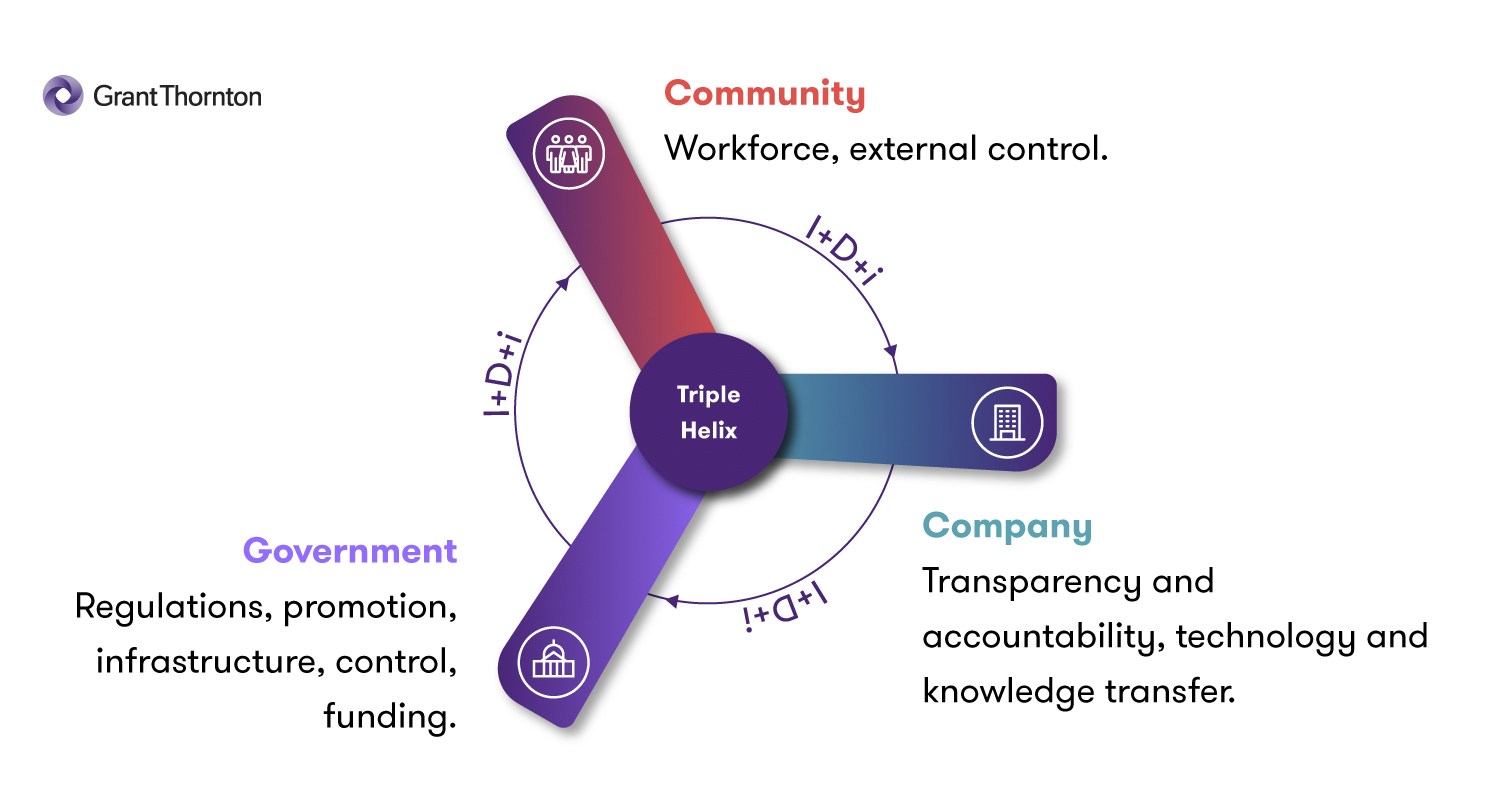Services
Our Advisory teams apply their experience and global knowledge to develop strategies that fit what you need.
-
Compliance
Assistance in the design, implementation and monitoring of Compliance programs within the framework of local and international regulations (FCPA, Corporate Criminal Responsibility Law), including course delivery.
-
ESG & Sustainability
Projects related to ESG (environmental, social and governance) and Sustainability.
-
Forensic
The services offer includes expert advice in litigation resolution and the development of procedures in legal/digital forensics and cybersecurity.
-
Human Capital
Grant Thornton's Human Capital division has a team of professionals determined to accompany individuals and organizations throughout the relationship between the employee and the organization.
-
Organizational restructuring
Advice on operational restructuring to companies in difficulty, their creditors or other interested parties.
-
Services to the Government and the Public Sector
Financial audit projects and special technical and concurrent reviews of programs of national and subnational governments financed by International Credit Organizations. Special projects for government entities, public and mixed companies.
-
Valuation Services
We provide stock, business, asset, and liability valuations in support of negotiations, account structuring, and tax opportunities.
-
Transaction Advisory Services
The service offer includes financial due Diligence, operations services, business and strategic intelligence, ratings, advice on mergers and acquisitions, capital markets and debt advice.
-
Academy - Empowered by Grant Thornton Argentina & Perú
Academy is an e-learning platform that emerged as a joint initiative of Grant Thornton Argentina and Grant Thornton Perú. It is designed so that everyone can acquire new skills in accounting, auditing, taxes, technology and business through access to multiple courses and certifications.
Our professionals work with you to help you understand what the risks are and how to successfully address them.
-
External audit
We offer services of external audit of financial statements; assurance reports, agreed procedures and certifications; due-diligence and take-over of companies.
-
Audit methodology and technology
At Grant Thornton we use a single audit methodology across our global network. We apply it through an integrated set of software tools known as the Voyager suite. Meet it now.
-
Professional standards and training
Our IFRS advisors can help you navigate the complexity of the standards so you can spend your time and effort on your business.
-
Prevention of money laundering and financing of terrorism
At Grant Thornton we provide advice to our clients in the development of an Asset Laundering and Terrorist Financing Prevention strategy that allows them to prevent risks in a comprehensive manner.
Related insights:


Audit
Navigating the changes to International Financial Reporting Standards
Access the guide prepared by Grant Thornton International that covers the new Standards and Interpretations on IFRS and covers 31 March 2023, 30 June 2023, 30 September 2023, 31 December 2023 and 31 March 2024 financial year ends.
Outsourcing is the way dynamic organizations focus their energies on driving the business forward.
-
Tax outsourcing
Taxes have a strong impact on your business decisions. At Grant Thornton we will respond quickly and tailor solutions for our clients.
-
Payroll
Put your payroll in good hands while you take your business beyond. Learn about our services.
-
Accounting, administration and finance services
To achieve the highest business benefits, you need an experienced team by your side. Learn about our services.
-
Start-up companies
Learn about our solutions to help build your business.
Through our advisory activities we help dynamic organizations manage the operational challenges, risks and opportunities of a rapidly evolving competitive...
-
External audit
We offer services of external audit of financial statements; assurance reports, agreed procedures and certifications; due-diligence and take-over of companies.
-
AML - FIU Independent External Reviewer
We participate in the implementation of the requirements of the FIU in leading companies and our services ensure an orderly framework, optimizing the investment.
-
Internal audit
An internal audit helps identify gaps, deficiencies, and potential for inherent risk in all facets of the organization.
-
Legal audit
The monitoring of the legal area is usually a complex and difficult task for organizations, which however cannot be neglected.
-
Creation and acquisition of Financial Entities
We have the knowledge and experience in activities related to the acquisition and creation of financial entities, both locally and internationally.
-
Responsible for regulatory compliance
At Grant Thornton we offer the service of acting as "Responsible for Regulatory Compliance and Internal Control" for companies that requested registration as Settlement and Clearing Agent and Trading Agent.
Using a combination of reason and instinct, we work with you to develop a strategy that helps you both understand and manage your tax debt in a transparent and...
-
Global Mobility Services
Sending someone abroad involves liabilities and obligations. We offer interesting solutions to minimize the tax burden for both parties.
-
Direct Tax
We provide clear and practical solutions that meet your specific business needs, in the most tax-efficient way possible.
-
Indirect Tax
Grant Thornton's tax teams take a rigorous approach to help you meeting your tax obligations, whatever challenges you may face along the way.
-
International taxes – Transaction support
We offer our international experience in the field and make available the resources to plan and adequately comply with regulatory frameworks.
-
Services to private clients
Wherever you are in the world, our tax specialists can help you with your interests and investments abroad.
Buenos Aires’ IBC provides a point of contact so that our clients can easily reach the information and resources they need, supervising and supporting the...
Thanks to our extensive knowledge of the Agribusiness sector, we understand the challenges the business has to face and we can offer the client efficient...
We have experience advising teams in companies from the energy and resource industry. Our global network allows us to support our client in the expansion of...
-
Clean energy and technology
Growing demand, development of new ways of energy and need of a sustainable future: we accompany our client in these changes and to be one step ahead.
-
Mining
Our flexible, partner-led teams are dynamic and focused on development. We take time to understand the details of the client’s business and offer unique solutions.
-
Oil and gas
Our Oil & Gas teams have the deep knowledge, wide experience and vision needed to offer our clients practical solutions adapted to their businesses.
The Life Sciences industry encompasses biotechnology, pharmaceuticals and medical devices, medical technology, and other industry subsectors.
Our advisors provide solutions with higher efficacy demonstrating transparency, improving controls and developing new infrastructure to support economic...
The secret is to turn challenges into opportunities and at Grant Thornton we work with our clients to achieve it.
-
Banking
Grant Thornton offers meaningful and accurate solutions for operational and transactional issues, litigation and administrative disputes in banking.
-
Private capital
We gather international teams of experts in corporate finance, restructuring and recovery, tax and insurance services to deliver customized solutions from initial investment, through development stages until the end of each project.
-
Fintech
We work to take advantage of all opportunities and manage industry risks, allowing our clients to always be one step beyond their competitors.
-
Asset management
We have specialized teams in more than 140 markets delivering solutions regarding insurance, taxes and advisory to global, international, regional, local asset managers.
-
Insurance
Thanks to our specialized team we offer accurate solutions for operational and transactional matters, litigations and administrative conflicts.
We understand the commitment and necessary control in this sector. We work with our clients to meet these challenges.








